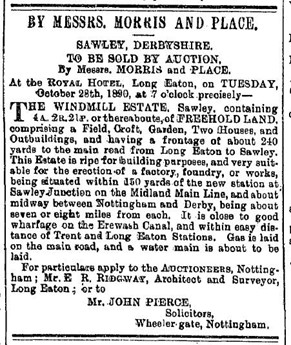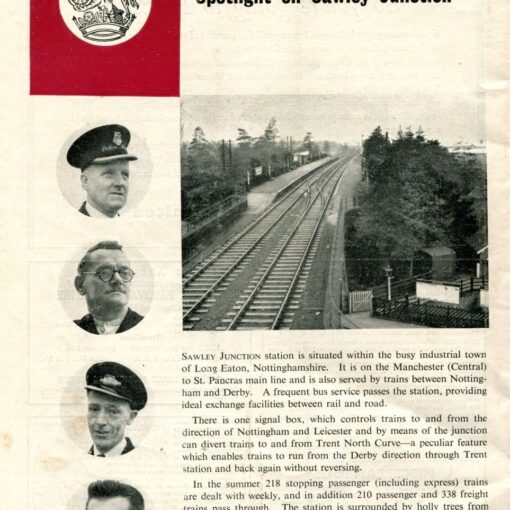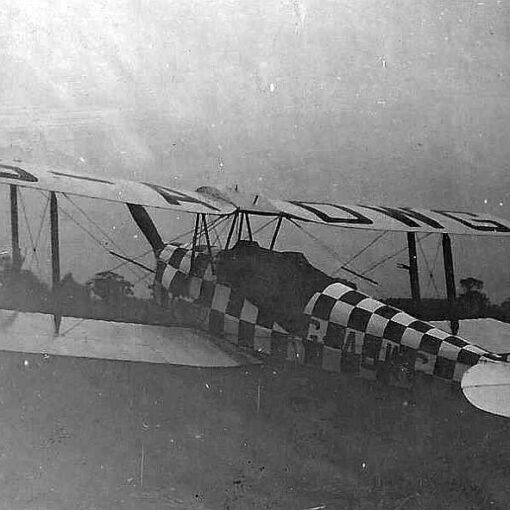There was once a windmill in New Sawley. The site is between Birchwood Ave and Hawthorne Ave, near the bends on the Twitchell.
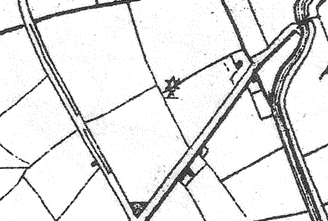
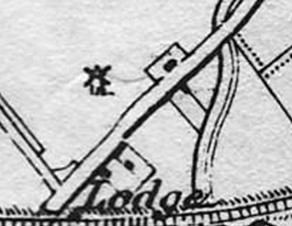
It was a post mill – a relatively simple mechanism in which the whole wooden structure had to be moved around a central post to keep the sails facing the wind. Though sometimes the structure would sit on a round brick-built base.
The design had been used in England since the 12th century, though its not known when the mill in Sawley was built.
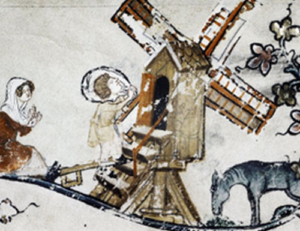

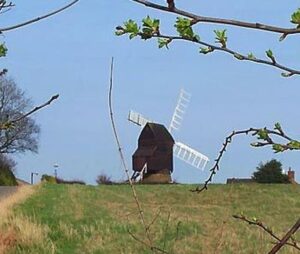
Later tower windmills had a fixed structure with just a moveable top section, which meant they could be much taller, with larger sails.
One of the few surviving post mills in England is the Cat and Fiddle Mill, near Dale Abbey (built in 1788).
Cat and Fiddle © Copyright Garth Newton (Creative Commons Licence).
The earliest newspaper reference to the Sawley windmill is 1794. In 1799 the mill was put up for sale.
In 1801 a young man employed at the mill, Joseph Simpson, became entangled in the mechanism and was crushed to death.
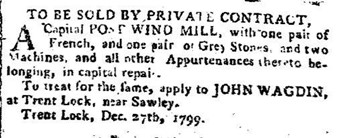
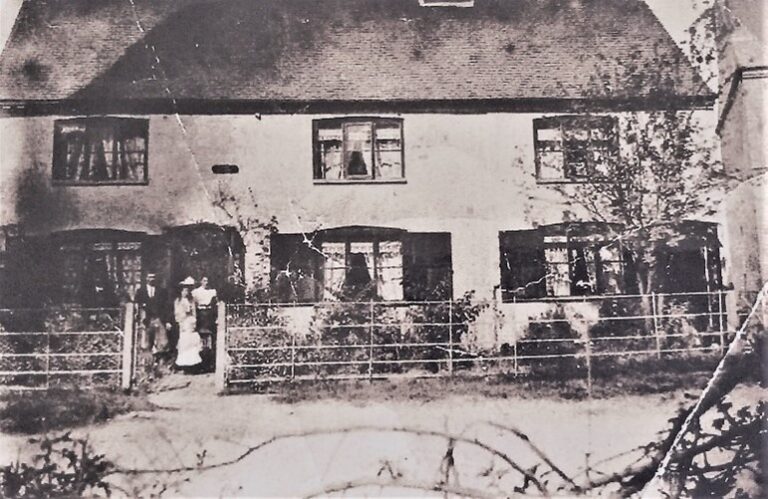
Running the mill would probably have been a full-time job. But the mill would have been too dusty and dangerous a place to live, so the miller lived on the main road, near the end of the Twitchell. The building, which has for many years, perhaps always, been divided into two houses (74-76 Tamworth Road) is still there, on the corner of Myrtle Avenue.
By the 1830s George Allen was the miller. By the time of the first national census in 1841 George had retired to the village and been replaced by his son, William Allen, who was living at the miller’s cottage with his wife Hannah and 5 children. After Hannah died in 1847, George’s by now widowed mother, Sarah moved in with him. After Sarah died in 1855, William married a younger woman, Dinah, in Nottingham. In 1861 they were still living at the cottage (opposite the Royal Oak) and both William and his 17-year-old son John were the millers.
By 1871 William and Dinah had moved to Longmoor Lane, Breaston. He still called himself a miller but seems to have retired. Richard and Sarah Bradshaw were living at ‘The Old Mill House’. Richard was a farmer with 26 acres, so he may have bought (or rented) the whole area.
By the 1870s it’s likely the old windmill could no longer compete with steam-powered mills; or that local farmers had stopped trying to compete with imported grain and had switched to other crops, or dairy farming.
By the time the land was sold for building in 1890 the mill itself seems to have gone.
The first houses on Birchwood and Hawthorne Avenue were completed around 1906/7, with Atlas Mills being opened in 1910.
